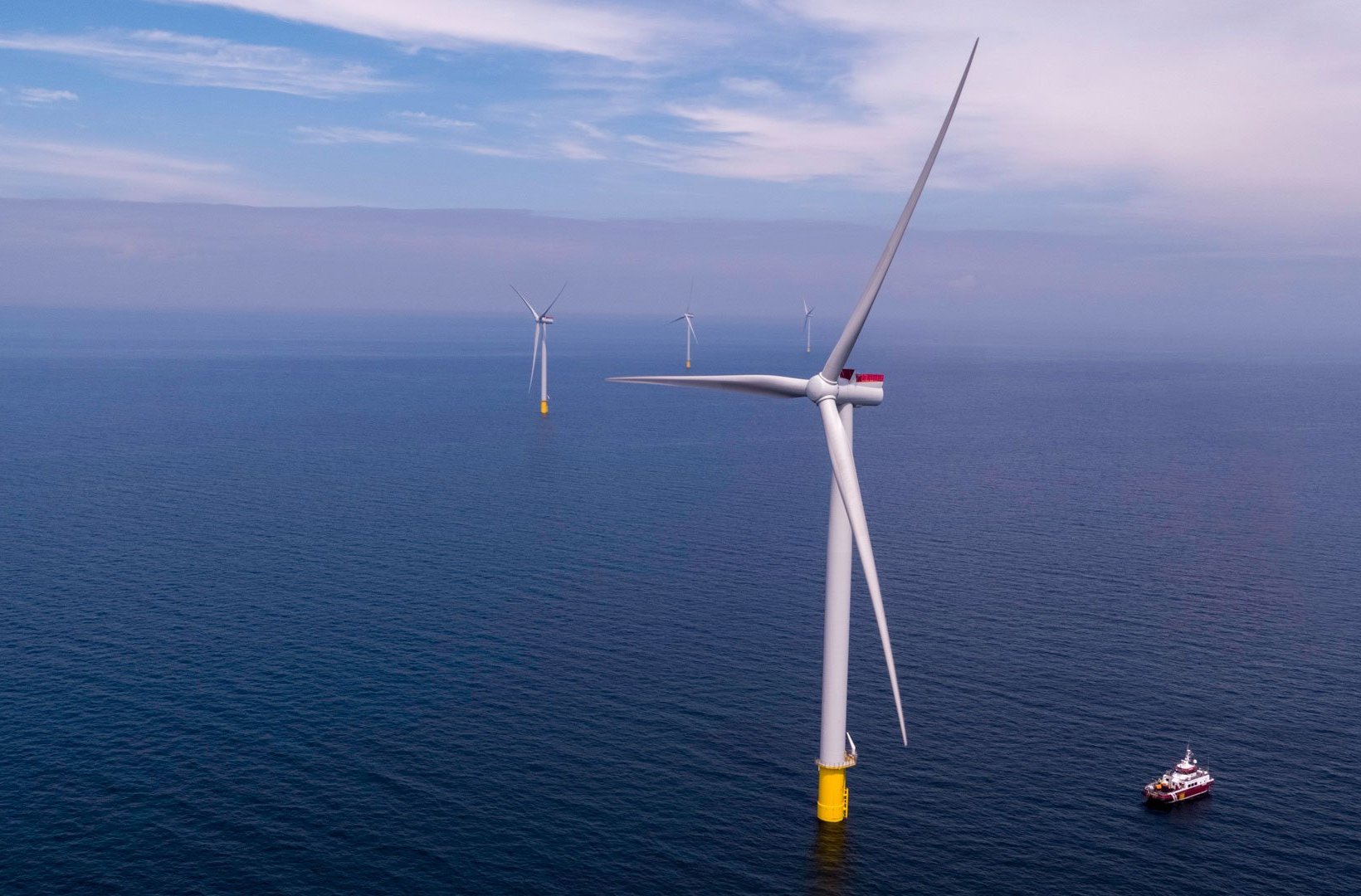
UK Government grants consent for Vattenfall’s Norfolk Vanguard Offshore Wind Farm
The UK Government has today, Friday, awarded planning consent for Vattenfall’s Norfolk Vanguard Offshore Wind Farm. Consent for Norfolk Vanguard follows consent for sister project Norfolk Boreas.
The decision completes consent for the entire Norfolk Offshore Wind Zone. The 3.6 GW Norfolk Zone boosts Government plans for 40GW of offshore wind by 2030. Both projects in Vattenfall’s proposed Norfolk Offshore Wind Zone have now been approved.
The zone will produce enough power annually for the equivalent of 3.9million UK homes, with Norfolk Vanguard and Norfolk Boreas providing up to 3.6GW of renewable electricity capacity once operational.
Helene Biström, Head of Business Area Wind at Vattenfall, said:
“Norfolk Vanguard and Norfolk Boreas are industry leading projects, with their designs coordinated to minimise the impact on the environment and communities. We are very pleased to receive consent for Norfolk Vanguard. Although the decision was unfortunately made too late to enable us to bid this project in to the current CfD auction round 4, we will now look into potential opportunities to progress this project, working closely with the supply chain and local communities.”
About the Norfolk Zone
- 3.6 GW installed capacity
- £15 million community benefit fund
- Part of industry plans to create 70,000 jobs by 2026, with 10% of these in the East of England
- First power expected: Mid 2020s
- Homes powered equivalent per annum: 3.9 million
- Amount of CO2 saved: 6 million tonnes per year
- Equivalent cars removed: 3.2 million
- Geographical scale of offshore site area: 1,307 km2
- Distance of the nearest turbine from the shore: 47 km
- Length of cabling onshore: 60 km
- Number of turbines: Between 180 and 312
For further information, please contact:
Rahel Jones, Media Relations UK +44 (0)79 7074 1047, rahel.jones@vattenfall.com
Vattenfall press office +46 (0)8735010, press@vattenfall.com



